If you’re just starting out selling your art on Print on Demand websites it can be overwhelming! How do you decide what kinds of designs to make? How can you optimize your artwork for all of the different Print on Demand sites?
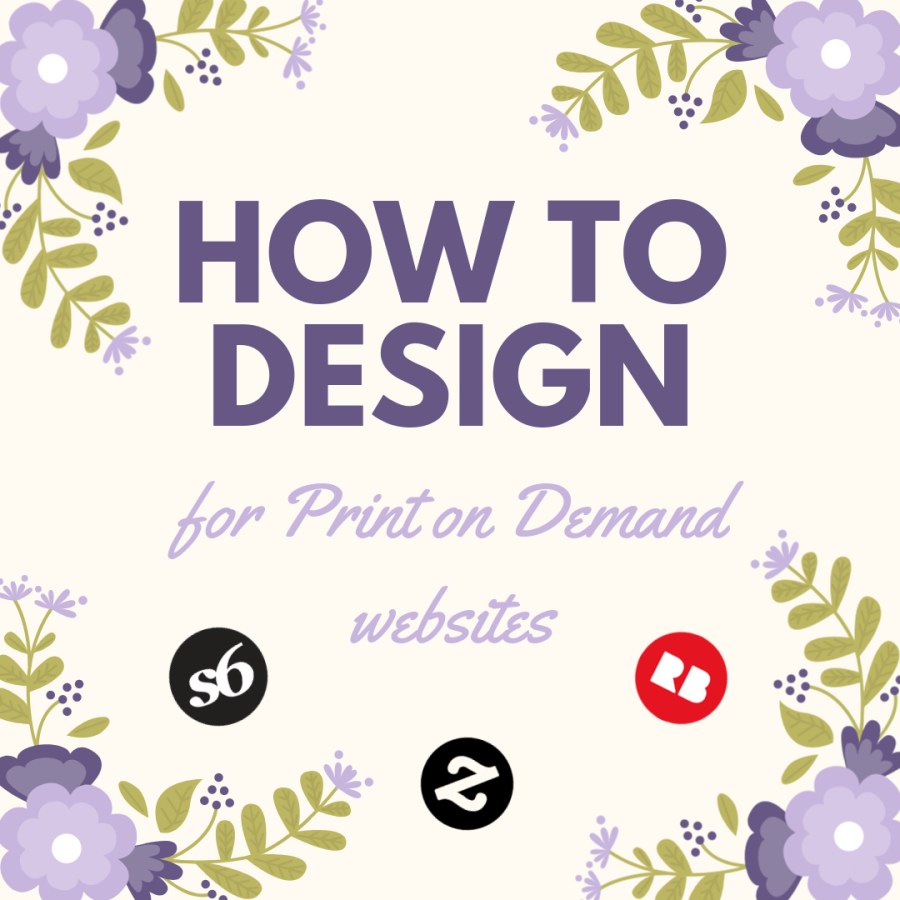
Below I’ve compiled a list of tips to make it easier for you. I’ve been selling my art through Print on Demand websites for over 8 years now, and I’ve learned a few things in that time. I use Photoshop and Procreate mainly, but these tips can work with whatever apps you use.
So, read on if you need help with designing and optimizing your artwork for sale on Print on Demand sites such as Society6, Redbubble, Zazzle, Teepublic and others!
Designing for Print on Demand Websites – Best Practices
- Research trends. Use Pinterest or a search engine to see what kind of art is currently trending, then use this for inspiration to create something in your own style.
- Start with a large file size (10,000 pixels covers most products).
- Keep your designs in layers to easily make changes or re-use elements later on.
- Design with the products you want to sell in mind. For example, most Print on Demand sites offer products like t-shirts, throw pillows and cell phone cases. Keep these products in mind while you create your designs.
- Keep images crisp (300 DPI), high resolution and colours relatively saturated (more saturated colors tend to look better when printed on fabric).
- For drawings, use a scanner if possible (rather than photographs) and use the available settings to scan a large, high DPI image file.
- For line drawings or black and white drawings, use Illustrator to make your lines crisp. Check out my tutorial below on how to digitize your art for print on demand.
- Don’t up-size your artwork if possible, this leads to a pixelated fuzzy look on the final product (this is why you start with a large file size in the first place).
- Depending on what kind of artwork you make, you may need to adjust the size or medium you use in order for them to look good on the computer. Play around.
- Don’t use copyrighted images, text, logos or anything else, or you risk the image being taken down, or even your account being suspended. Some sites allow “fan art” but make sure you follow all the rules.
Now that you have some designs to work with…
Optimize your Designs for Print on Demand
- Each website has it’s own file size and type requirements so make sure to check that before you start uploading.
- Curate designs for each platform. Some designs might work better in different stores depending on their audience.
- Save layers separately if you sell on Zazzle because you can layer different images and text on that particular POD site.
- Create the same design in different colors and variations, especially once you have an idea of which designs are popular with your audience.
- Adjust designs for individual product types. For example, use a transparent background for a t-shirt or sticker, use coloured background or make the design into a pattern for tapestries and pillows, remove text for leggings and apparel where it doesn’t work, etc.
Looking for more print on demand tips? Check out the Artist Resources section of my website!
You may also like these posts:
Here are some more posts to help you sell your art online.
Thanks for stopping by, I hope you’ve found these tips helpful. If you have any other ideas or questions feel free to post in the comments below!
Cheers,

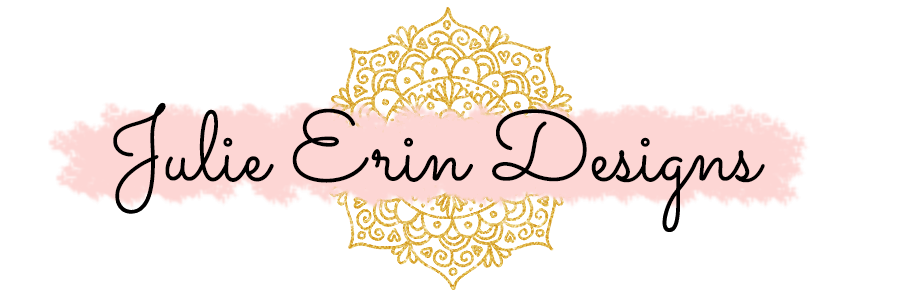
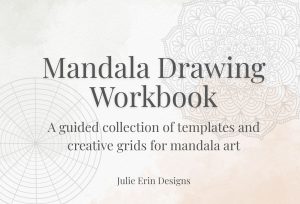
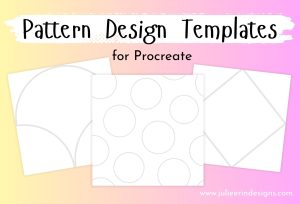
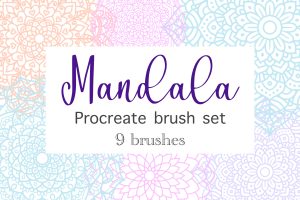
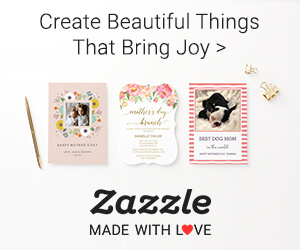
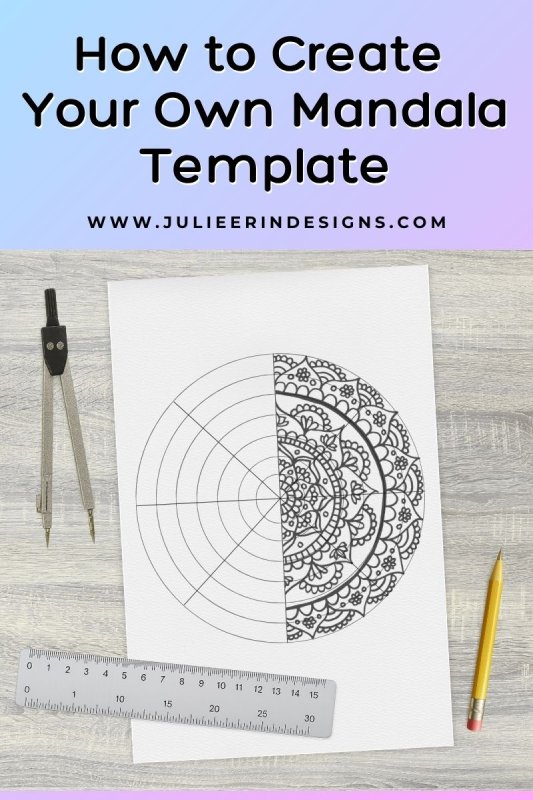
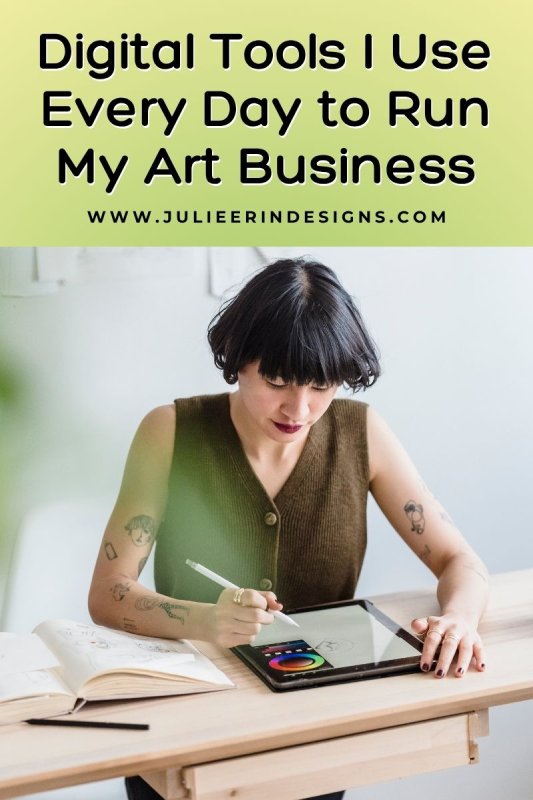


Awesome post! Thanks sharing this How To. Ive been curious about it ?
I’m glad you found it useful!
Thanks for the tips Julie, all of your posts about the POD sites have been super helpful for the past few months during my designing (and research) phase. I’m so close to getting something opened, everything can get so overwhelming and confusing and GAH. I’m just sticking with cards for now but eventually want to go into more products. Knowing the how-tos is helpful.
I’m so glad to hear my posts have helped you! I wish you best of luck with your shops ? starting small is definitely a good strategy
Thank you, and I definitely agree! One step at a time :D